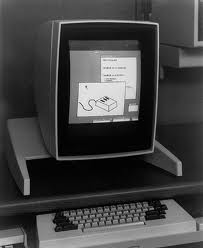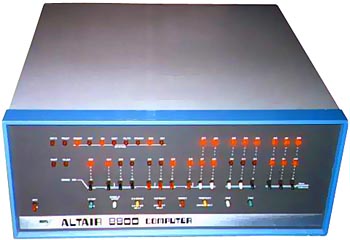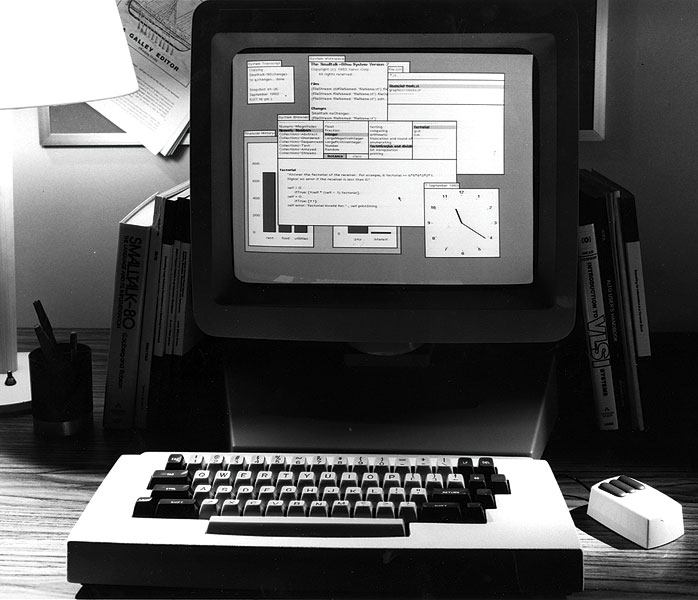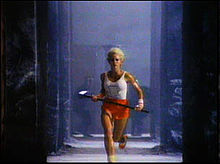Rather than a specific technology what I wanted to share this month was a simple drawing, its a drawing that many of have seen before but some how think it does not apply to us.
The first time I saw this it was a photocopied cartoon, copied many times before, but still funny, and still relevant. Today you can even build your own version of it at http://www.projectcartoon.com
What is it about this simple cartoon that has made it so long lived? Why do we seem unable to design systems that meet the users’ needs? The answer to these questions are simple but the actions that are required to resolve them are hard.
The answer is not to focus on the problem or the problem space but to focus on what the customer really wants. What would delight the customer. In order to do this we need to think like our customer. We need to be relentless in this task.
Agile development processes help us deliver product in shorter time spans; but we need to focus on what joy each iteration will bring to the customer. We need to deliver streams of updates in the shortest possible chunks, because the only way we can find out what the customer really wants is to give them something and them to say Naah! I know I asked for something like that, but actually after seeing that I want something like this ….
As Stephen Denning would say it is all about exploring what’s involved in replacing the daily grind with discovery and surprise. It’s about becoming more productive by working smarter. It’s about generating work that involves doing things with people who share a common passion for the activity and for being excellent at it, in service of other people whose ever-increasing delight we can see and experience.
It is a million miles away from Frederick Taylor, and his 1911 classic, The Principles of Scientific Management. Where we command and control as a general on a 19th century battlefield would do. We need to move away from rules and regulations for the purpose of those rules and regulations and towards focusing on the need of the customer. Identifying who the customer is. Getting everybody in the organisation to think in this way, and focus on delighting their customers. A delighted customer will naturally give back recognition to the teams that delivered the service or the product. That feedback makes the person who put in the effort feel valued, as they feel valued they want to do it again. It is a positive feedback loop.
An example of how it can go wrong and so easily be fixed was illustrated to me by a colleague. He had a contract with a large telecommunications provider for his mobile phone. About 1 month before his contract was up for renewal, for the first time he tethered a tablet to his mobile phone to gain access to the internet. Now bare in mind this was a one off, one month before his 2 yearly contract renewal. The telephone provider wrote to him to tell him he would be charged nominal charge of a few pounds for his activity. Whilst perfectly within their rights to do this, it does not delight the customer. The effect is exactly the opposite. To the point my colleague has changed provider to another company. A better and more progressive solution would have been to write to him, inform him of what he had done, tell him about the charge; but then waive the charge. That way he would have gone away with a warm fuzzy feeling, that they really do care, and would have renewed his contract.
Not thinking about the customer today means they will walk. They will find another purveyor of the service or product you supply, and you will go out of business, because somewhere out there someone will care.











